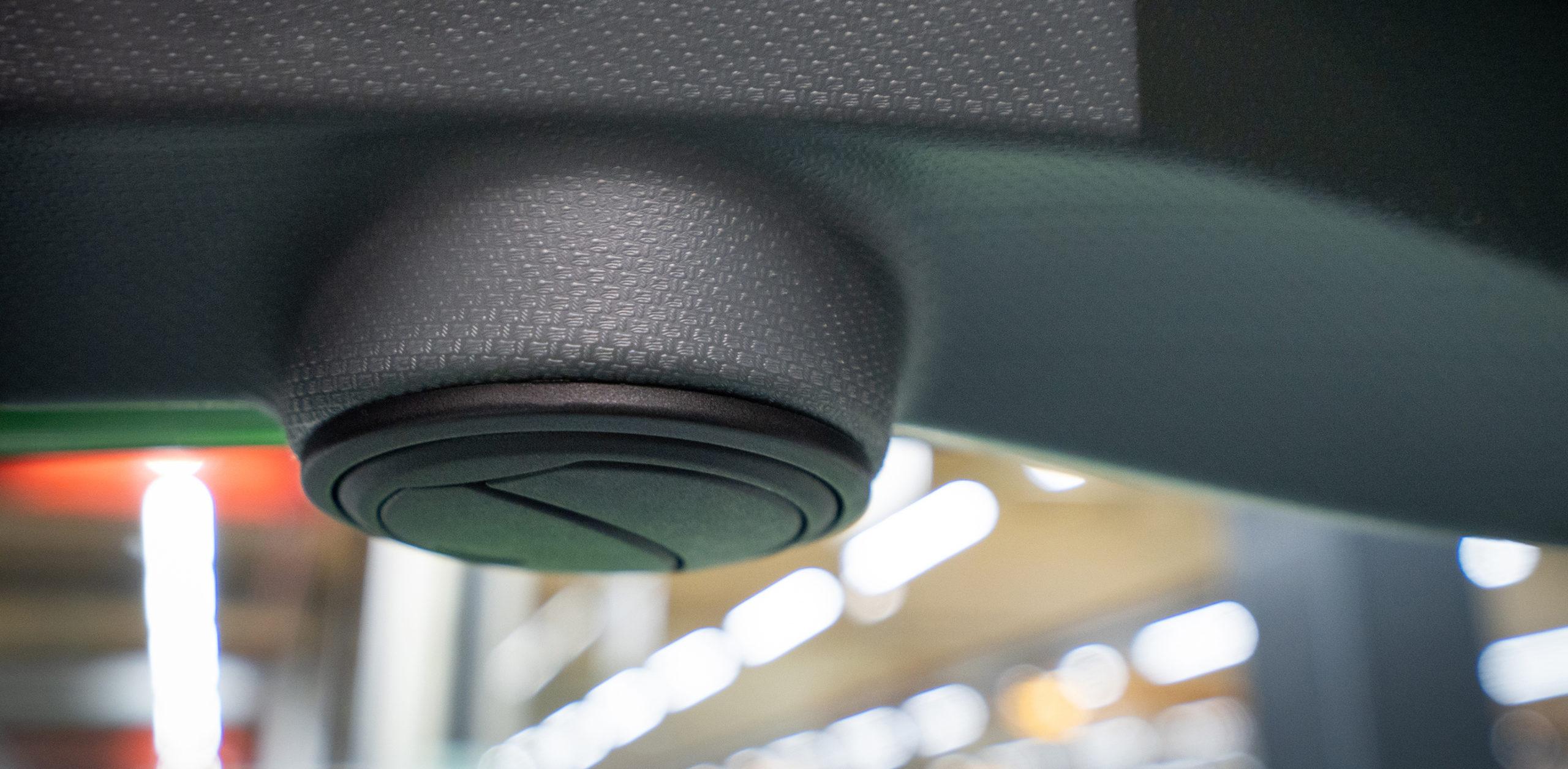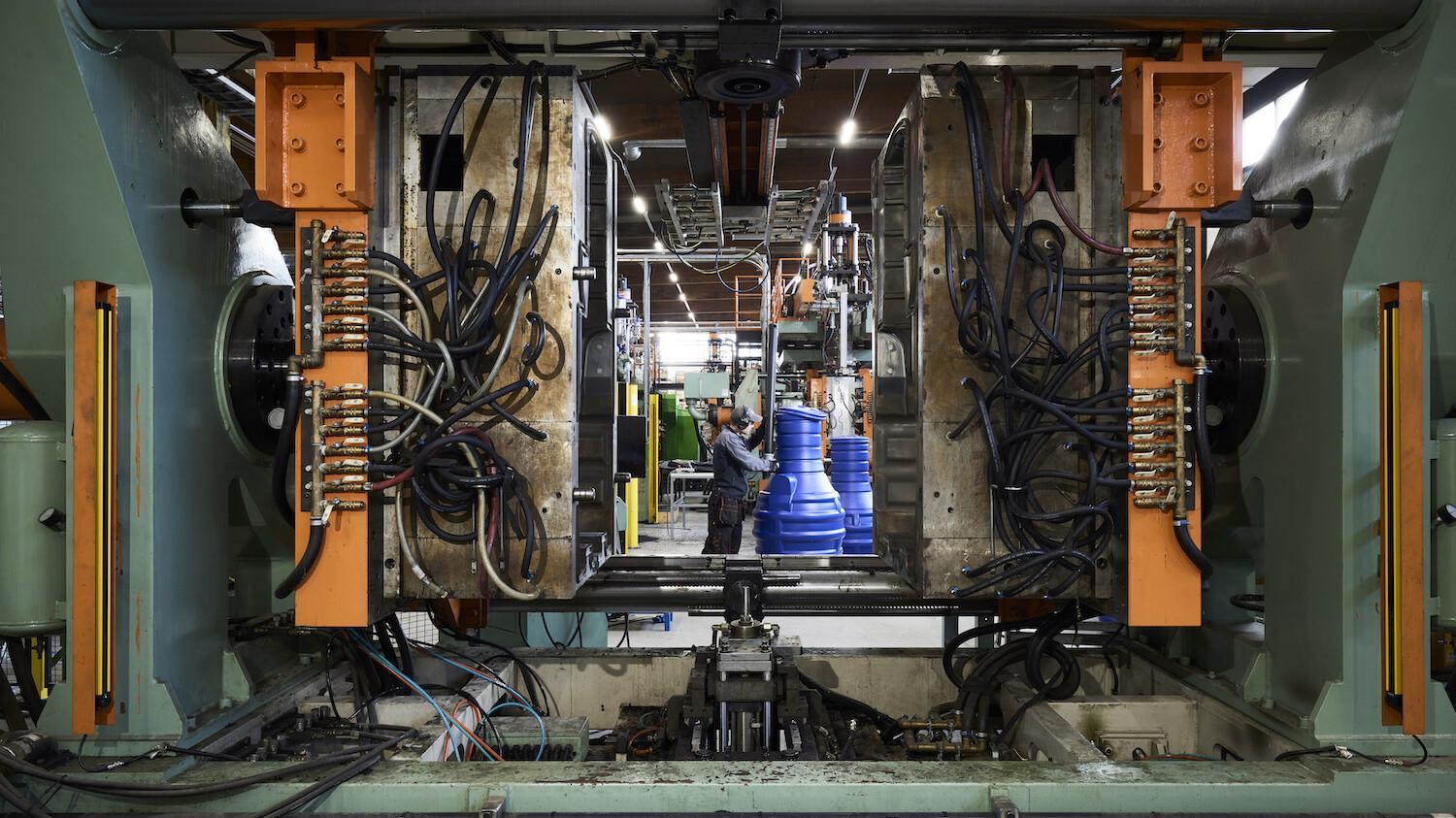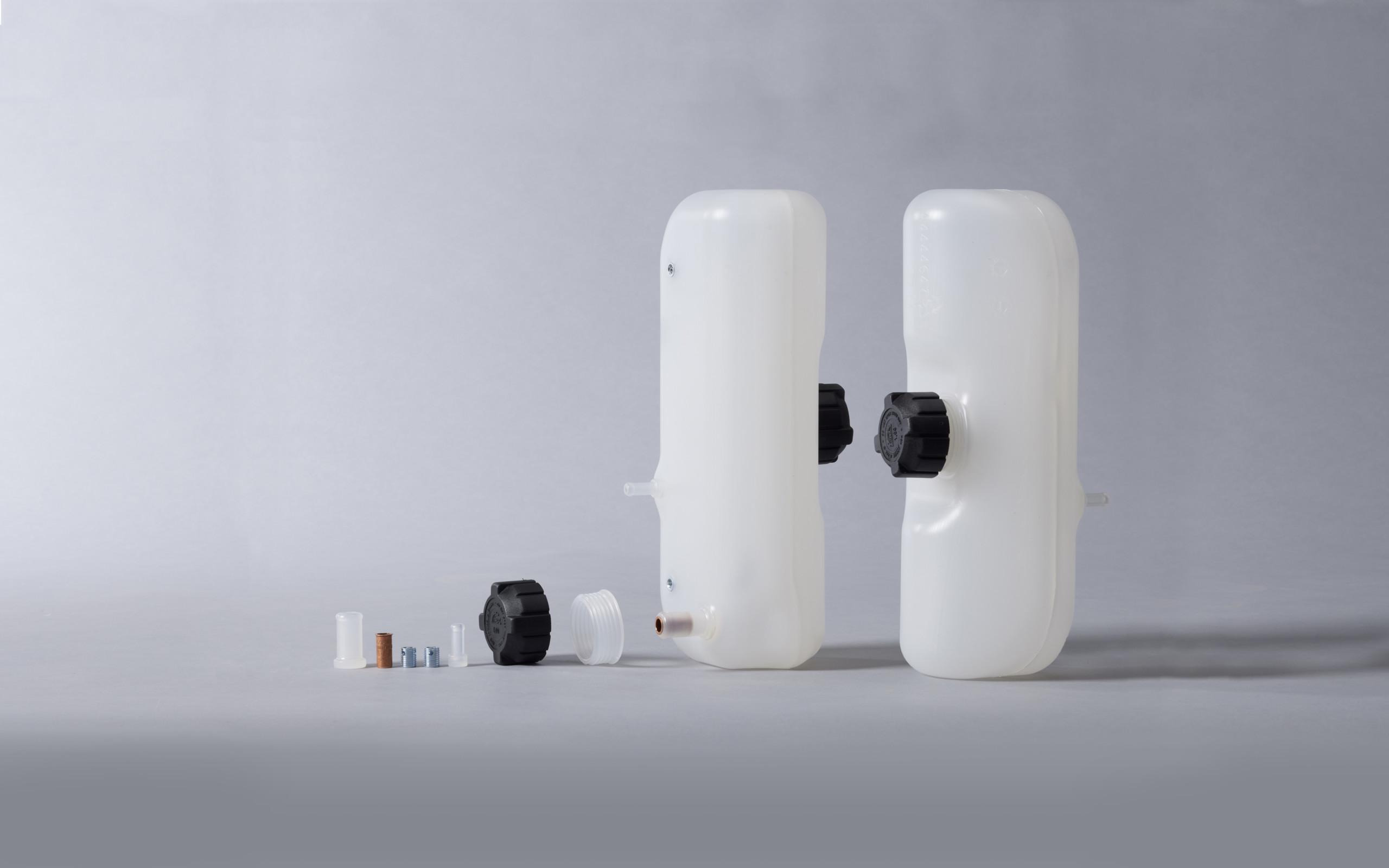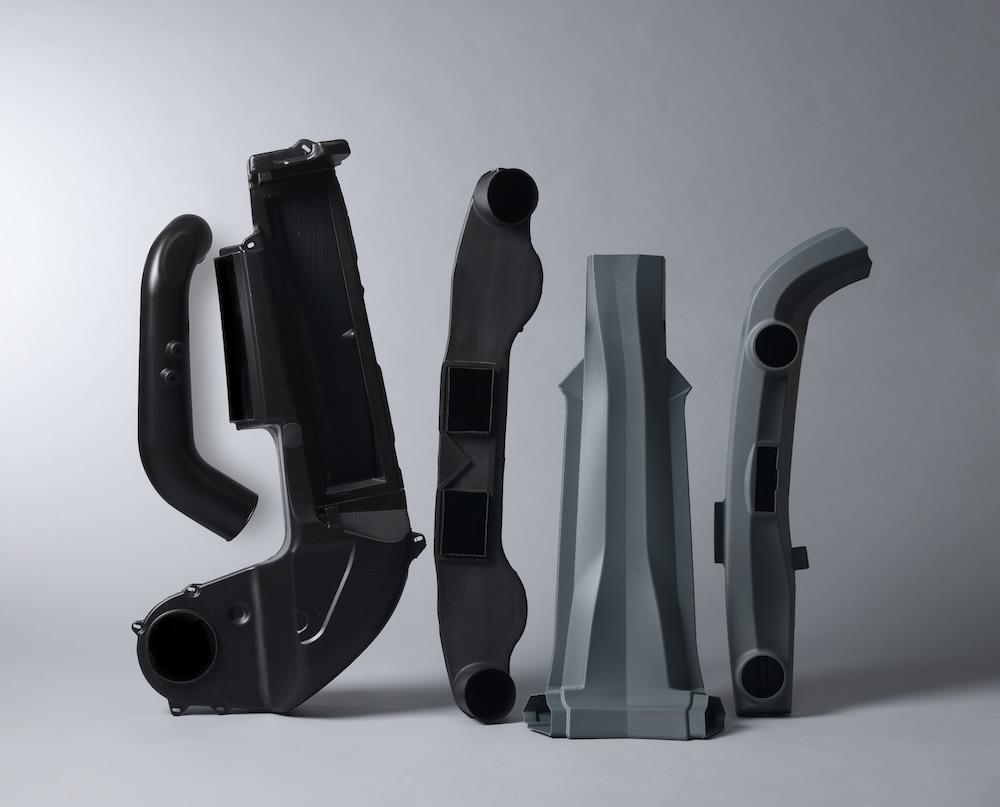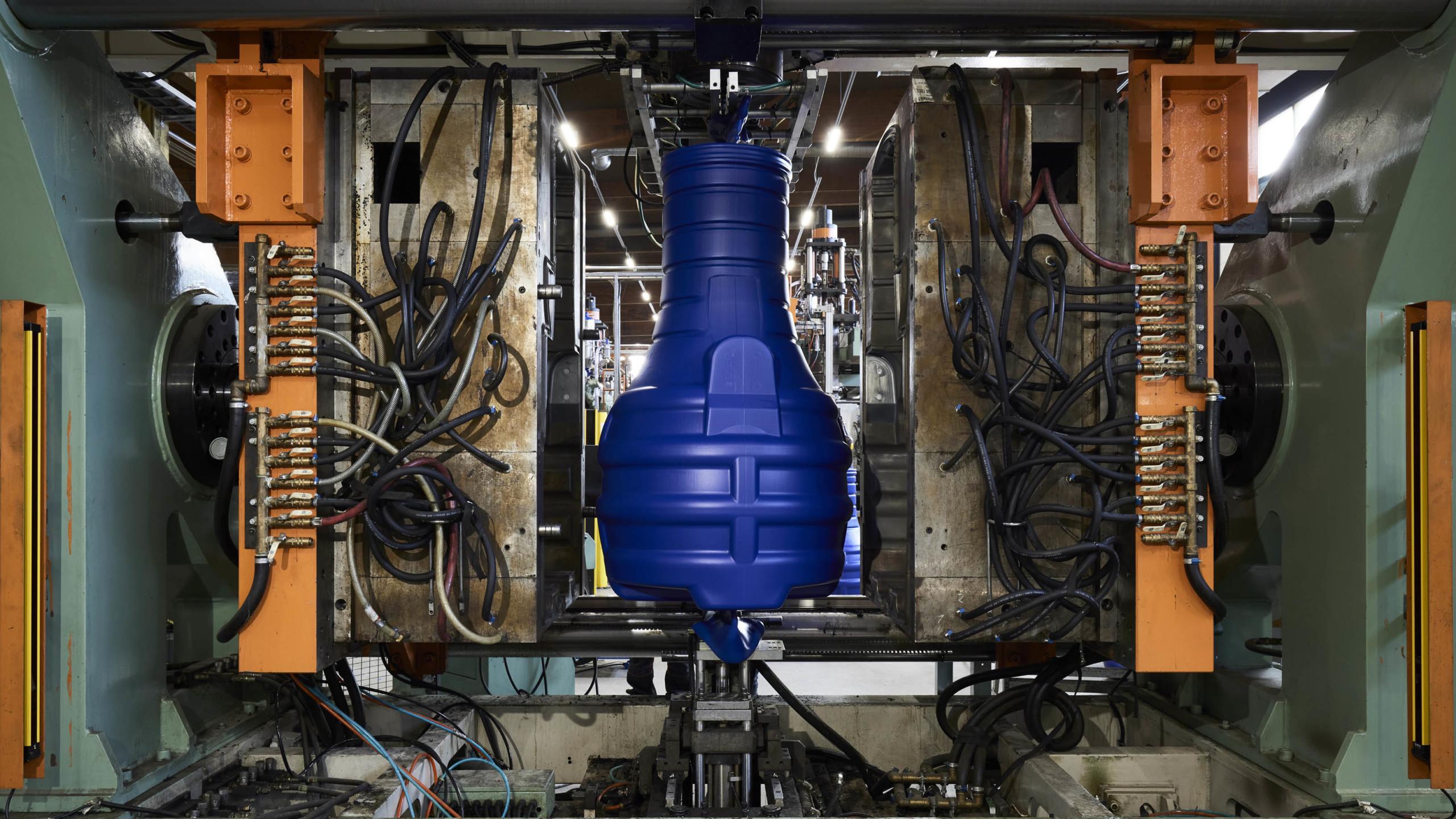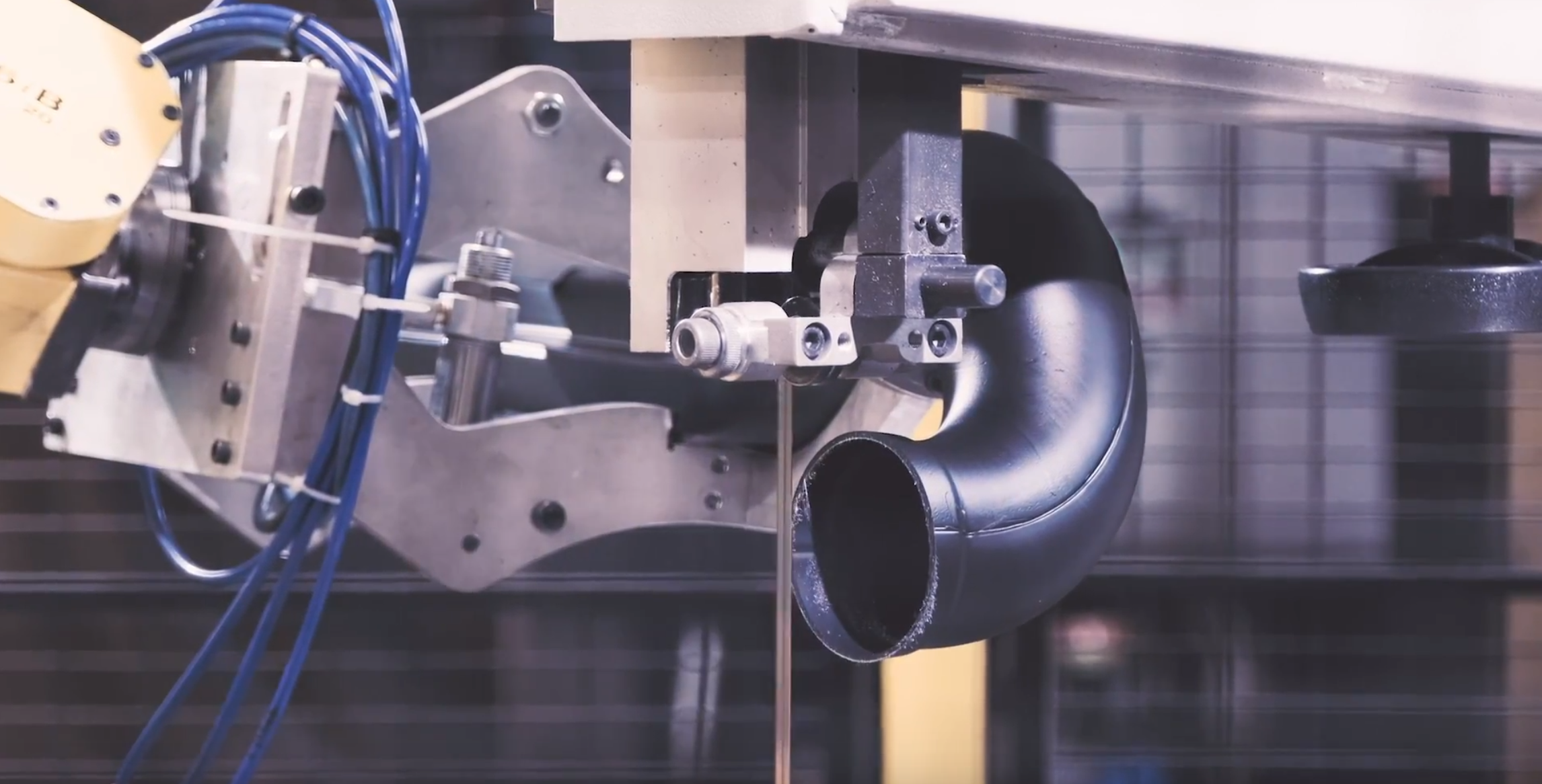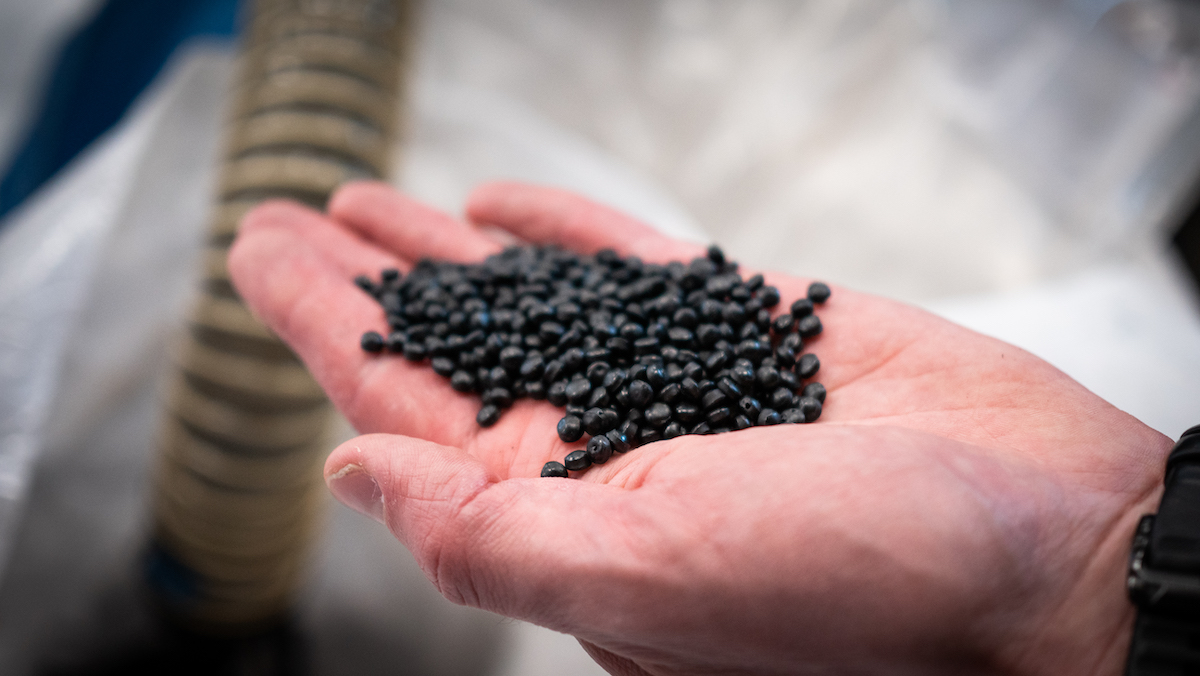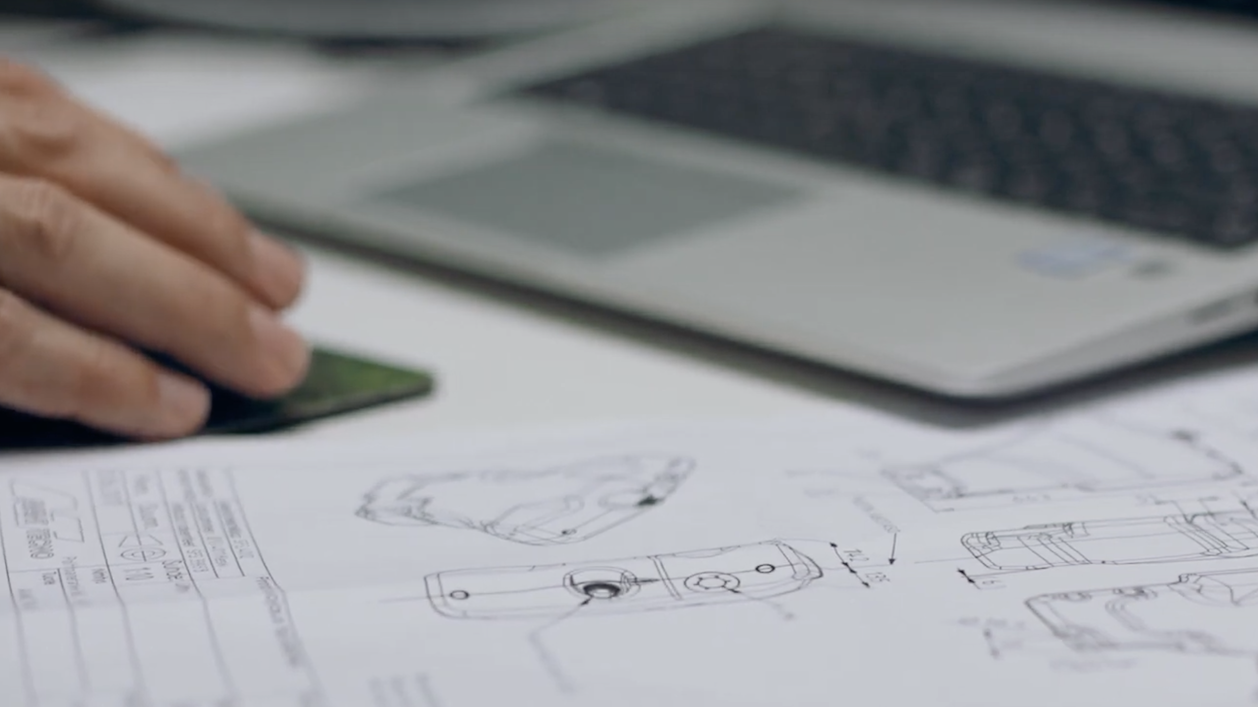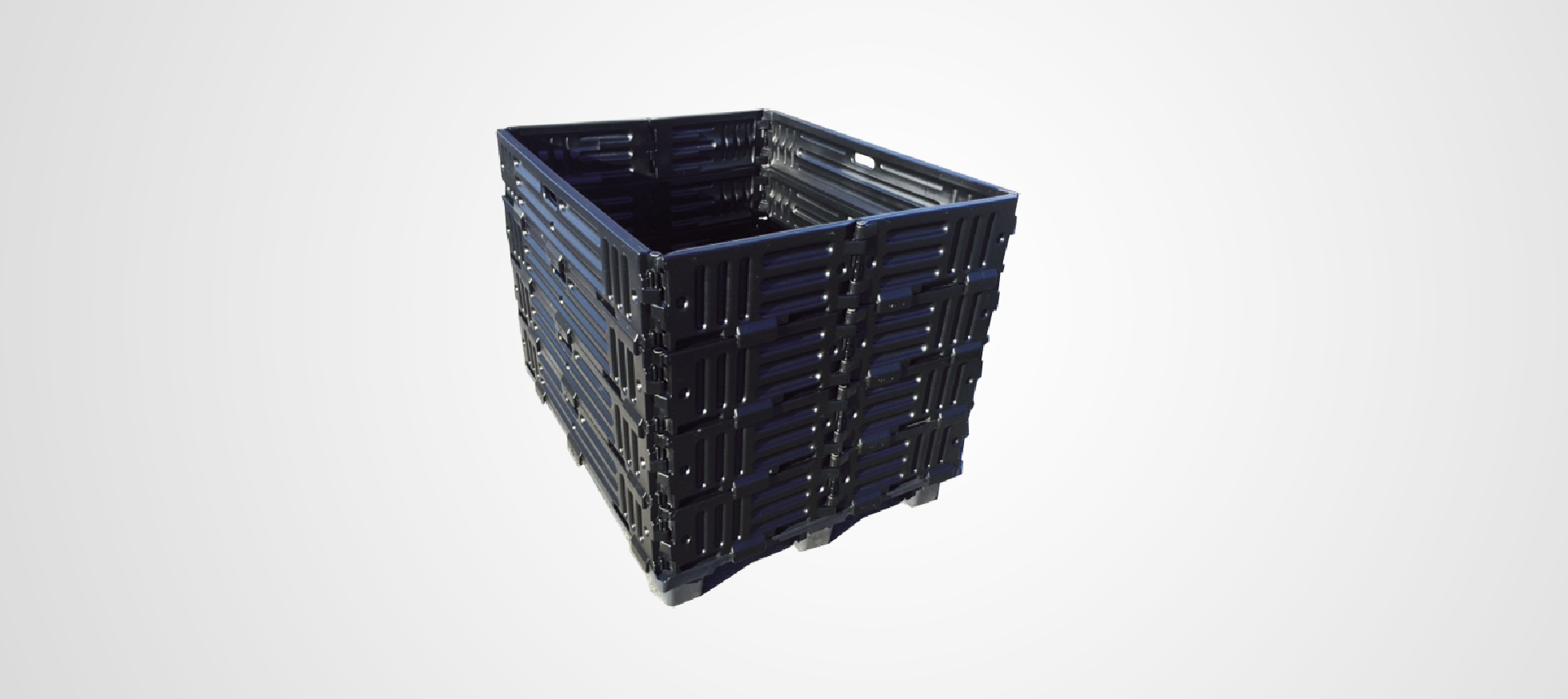Technical blow moulding - demanding tanks and ductwork
Blow molding
VMT Plastic offers technical plastic solutions for the manufacture of demanding tanks and ducts by blow moulding. Technical blow moulding is a highly automated, cost-effective method for large series, complemented by our versatile sourcing, assembly and storage services.
Discover our blow moulding service – we’re here to help!
Technical mass production method
Blow moulding is a manufacturing process for plastic products based on extrusion. Blow moulding is the process of depositing a tubular heated plastic material into a mould. The mould is closed and air is introduced into the tube at a suitable pressure, causing the plastic to press against the mould. The piece is cooled, the tube is cut, the mould is opened and the piece is ready for finishing.
Blow moulding is suitable for batches of products ranging from a few hundred to thousands of pieces per year. At present, the maximum size of our product can be around 500 litres. The smallest blow moulded products are in the 0,2 l size range.
The process is particularly well suited to round shapes and the wall thickness is precisely controlled.
What is blow moulding suitable for?
Technical tanks
Our extensive understanding of the manufacturing of plastic products helps you to choose the right manufacturing method. Blow moulding is suitable for the manufacture of technical tanks and reservoirs, such as fuel tanks, hydraulic tanks and water tanks. The advantage of blow moulded products is their seamlessness, which allows them to be used in a pressurised system.
Technical ducting
Blow moulding also allows the manufacture of ductile and hollow products. We specialise in the design and manufacture of air ducting and piping. Air ducts and air guides for engines, as well as various types of water piping, can be produced using the technical blow moulding method.
Shells and covers
The method is also suitable for the production of shell-like and panel-like parts. The rigid, thin-walled structure is suitable for the manufacture of equipment covers and shells.
Features and benefits of blow moulding
Blow moulded products are well suited to tight spaces and lightweight applications. With good product design and finishing, the product can be made into a component that can be easily integrated into the customer’s assembly.
The blow moulding process has few shape restrictions. Products are seamless, tank or cavity shaped, often round, and can be long and channel shaped. The product can be formed with a variety of spacers and inserts such as injection moulded fixing cores, threaded parts and connectors, and metal parts.
The wall thickness of the plastic product can be precisely defined by blow moulding. In addition, the method ensures good product toughness. These characteristics allow the weight of the product to be precisely optimised, as there is no need to increase the wall thickness in order to obtain the desired rigidity of the product.
Visual components can be produced using the blow moulding method by patterning the mould surface according to the customer’s requirements. This provides a surface pattern on the plastic product that gives the component a finished and easy to maintain surface and reduces the number of steps in the customer’s assembly process.
How blow moulding differs from rotational moulding
Often more familiar than blow moulding, the industrial method of manufacturing tanks is rotational moulding. It allows the production of tanks that are stiffer and larger than blow moulding.
Differences between rotational moulding and blow moulding
- Blow moulding
- Round shapes
- Lightweight, wall strength well controlled
- Good resistance to chemical stress
- Size range 2 dl-500 l
- Annual consumption > 500pcs
- Rotational moulding
- Possibility of sharper shapes
- Heavier structure, high wall thickness
- Good chemical resistance
- Size 500+ l Rotational moulding
- Annual consumption 500+ l
Cost-effective, automated production
Our modern blow moulding facilities, together with our investment in machinery, automation and training, enable cost-effective production of plastic products.
The unit cost of the blow moulding process is affordable. Blow moulding moulds are very durable tools. An annual volume of 100 000 pieces can be handled perfectly with one mould. However, this durability and long service life is also reflected in the price of the moulds, but is quickly compensated for if the volume of plastic parts has growth plans.
Thanks to our expertise and machinery, we can quickly carry out the necessary mould modifications, maintenance and repairs in our own machining department. Depending on your needs, we are also responsible for the assembly of your products and the necessary procurement of sub-assemblies.
Raw materials in blow moulding
The raw materials we most commonly use for blow moulding are HDPE, LDPE and PP. We also make extensive use of recycled raw materials in our production and their use is also possible in blow moulding.
We make sure that our customers get the right raw material for the right application and the right environment. The quantity of raw material also matters. The possibility of adjusting the wall thickness also saves raw material and thus affects the unit price and carbon footprint of the product.
The right choice of raw material also enables functional product features such as transparency, allowing, for example, the height of the liquid to be observed through the wall of the piece.
Product development support for the design of blow moulding products
VMT Plastic has strong expertise in the design and product development of blow moulding products.
Often our customers, especially in the machinery and equipment industry, face the challenge of overcrowding in shrinking machine spaces. With our multi-shaped blow moulded parts, we are able to make efficient use of confined spaces and implement a plastic solution that works for the application.
To get the best value for your plastic product, leverage our product development expertise early on. We help you develop new and existing solutions. Together, we will discuss structural properties, environmental requirements, dimensions and quantities, and suggest the most suitable manufacturing process for your application.
The VMT pallet collar
Molded VMT pallet collar in EUR and FIN pallet size. The pallet collar is made of food-approved plastic and is hygienic, washable, sturdy and withstands loads well. The lightweight pallet collar can be easily folded and packed on the pallet, saving space.
The flat and light but strong structure of the pallet collar is made using blow molding.
Don't hesitate to contact us.

